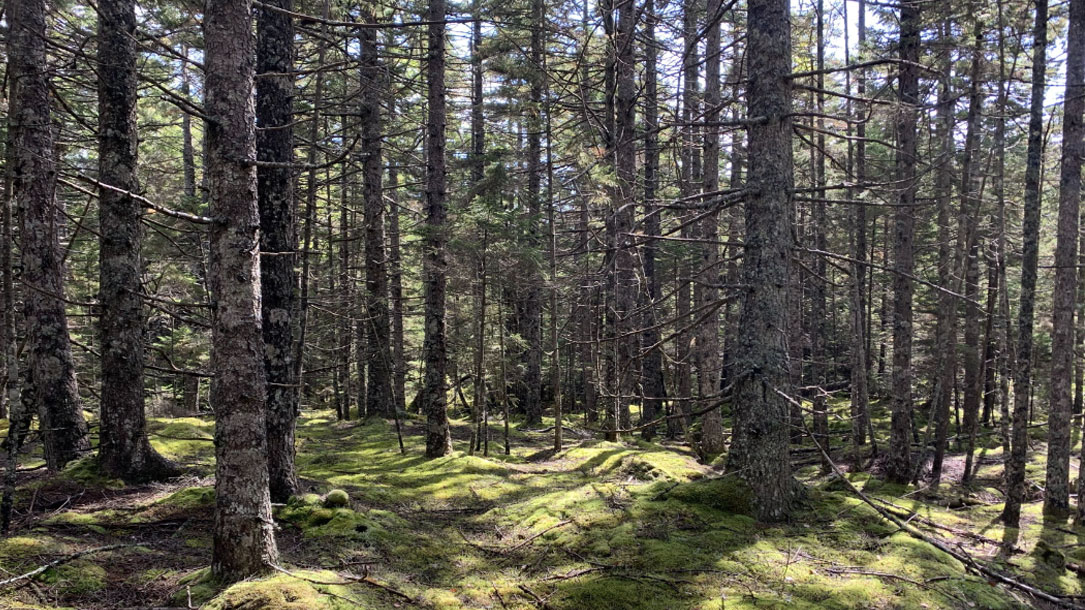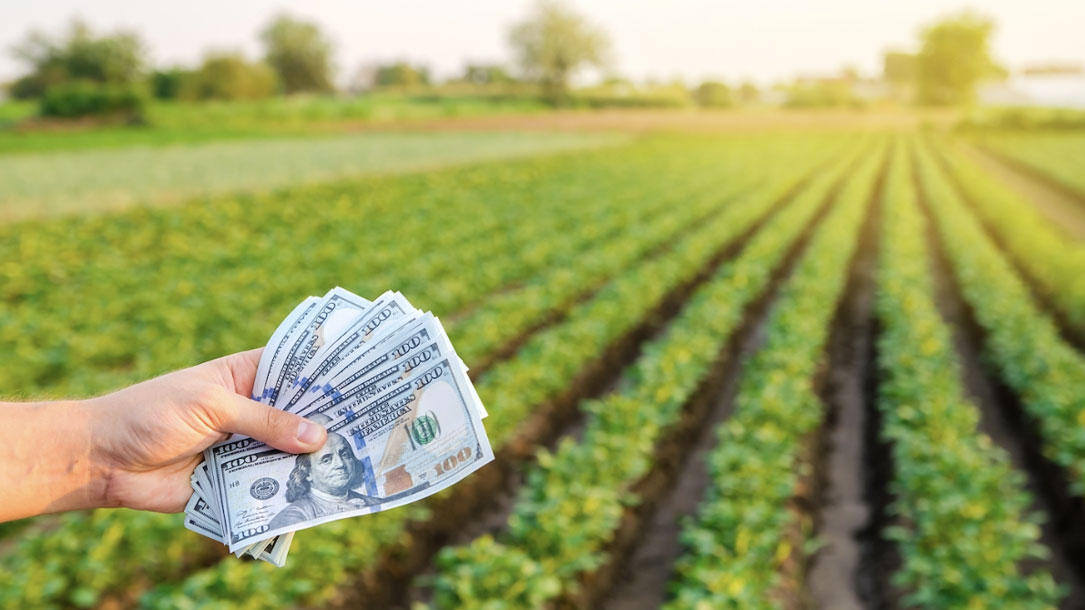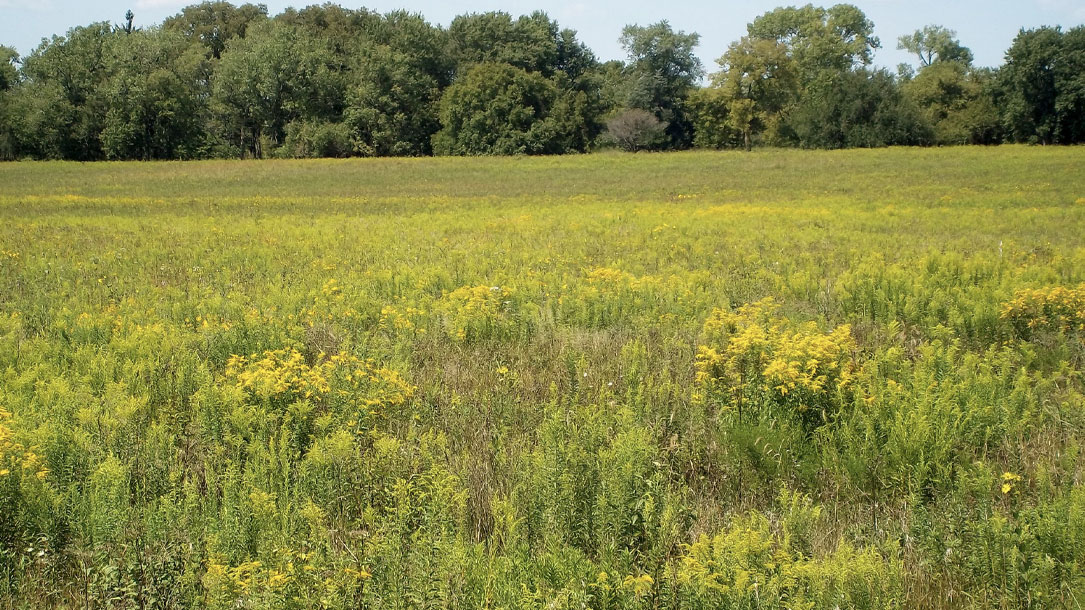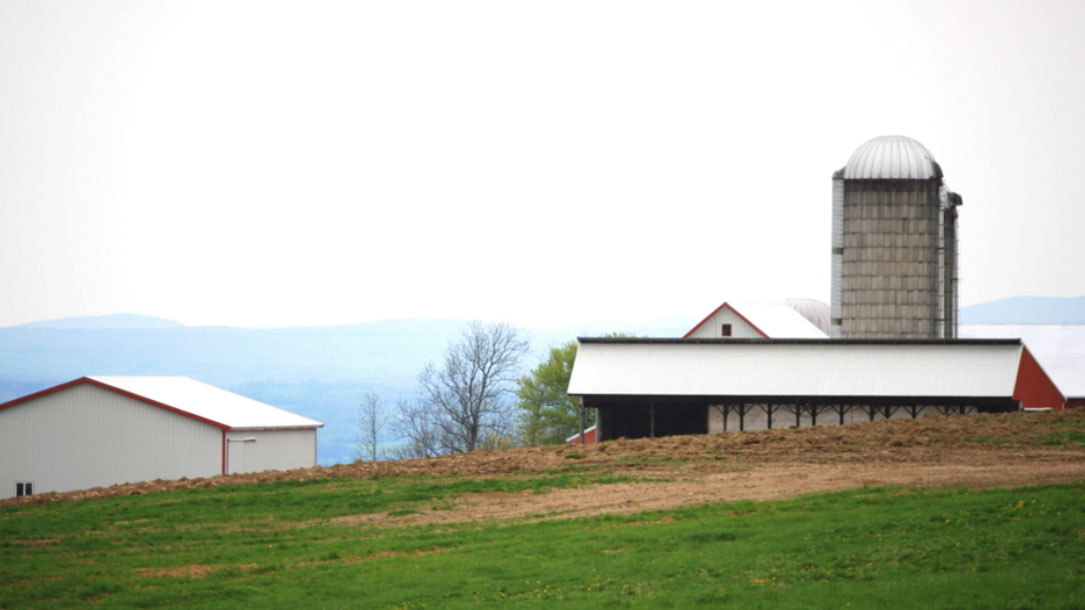Home > Climate News >

Breaking down the Inflation Reduction Act program by program, incentive by incentive
The Inflation Reduction Act is the biggest investment in clean energy and climate solutions in American history, so it can be hard to keep track of everything in it. This spreadsheet breaks down the funding opportunities in the bill in a way that allows a variety of users to easily find out which IRA programs and tax incentives can benefit them.
In particular, this spreadsheet was developed for use by:
- State and local/municipal governments
- Tribal Nations
- Businesses
- Non-profits
- Institutions of higher education
- Individual consumers

Exploring carbon sequestration
“[They] are following the model from other land trusts. There is a cost for land trusts to manage forests for increased carbon sequestration. [They] aren’t a commercial forestry operation and need revenue in order to manage forests.
Carbon offsets and the carbon market can provide resources for land trusts to restore large commercial forest landscapes, and support the ongoing cost of stewardship and restoration that a land trust is responsible for.
Whatcom Land Trust would only take on a carbon sequestration project that supports our mission, improves the forest ecosystem, and sequesters more carbon than it would otherwise…”

Biden-Harris administration announces availability of Inflation Reduction Act funding for climate-smart agriculture nationwide
[Jargon alert, the article will explain more]
The IRA funding includes an additional $8.45 billion for EQIP, $4.95 billion for RCPP, $3.25 billion for CSP, and $1.4 billion for ACEP. The increased funding levels begin in fiscal year 2023 and rapidly build over four years. These additional investments are estimated to help hundreds of thousands of farmers and ranchers apply conservation to millions of acres of land.
Additionally, the IRA provides $300 million to quantify carbon sequestration and greenhouse gases (GHG) through the collection and use of field-based data to assess conservation outcomes. Information gained through this effort will be used to….

Two groups want to put focus on carbon credits from urban forests
National Public Radio discusses urban carbon credit work. Lookout Mountain Conservancy is participating in this effort.
“We know trees can help address climate change. A forest sucks carbon dioxide from the atmosphere. That can be sold as a carbon credit to companies looking to offset their environmental impact. But the way those credits are calculated has long been scrutinized. And two groups want to put focus on urban forests. Bellamy Pailthorp of KNKX explains…”

As Congress funds high-tech climate solutions, it also bets on a low-tech one: nature
[B]eyond those headline-making investments, the legislation acknowledges a less-heralded but essential part of the effort to combat climate change: nature. Or, more precisely, that given a chance, nature can be a profound ally in the fight against climate change…

Americans beginning to correlate extreme weather with a climate crisis, but purse strings are still tight
Broader socioeconomic factors are also affecting those who are experiencing weather events, and more importantly, how these parties can financially respond to these events — and thus how willing they are to pay even more.
For instance, only 29% of households that experienced extreme events had 100% of their damages covered by insurance. Renters though had it worse — with those who have experienced extreme events being uninsured 70% of the time…

U.S. Climate Resilience Toolkit: funding opportunities
Many of the strategies for increasing climate resilience come with a price tag. Increasingly, funding for local climate adaptation and resilience projects must draw on a range of public and private financing. For instance, groups may apply for federal grant funding, work through public/private partnerships, and/or fund projects through local taxes.

Linking prairie carbon sequestration and other co-benefits to the voluntary carbon market
A research study at Midewin concluded that prairie restoration led to increased carbon stocks in degraded soils. At Midewin, new restorations contained about 1.5x more carbon than no-till row crops and remnant prairie soils contained about 3 to 4x the carbon stocks than no-till row crops. To supplement the research a literature review was conducted and based on 29 studies, perennial grasslands sequestered on averaged 1.7 metric tons of CO2 per acre per year…

Sequestering carbon while making breakfast sweeter
Vermont’s private forests play a key role in mitigating climate change — they store four times as much carbon as the state’s vehicles release each year. Selling forest carbon credits to companies and individuals working to reduce their carbon footprints provides a new source of income for individual landowners like Jessica Boone and Everett McGinley in Vermont’s Cold Hollows region, which helps them protect their forests. Unfortunately, carbon markets can be too costly for most owners of small forest parcels to join.
That’s why the Vermont Land Trust formed Vermont Forest Carbon LLC and teamed up with The Nature Conservancy, the Caron Dynamics Lab at the University of Vermont, and Cold Hollow to Canada, a local land stewardship and conservation organization, helping landowners overcome the cost barrier by working together as a single carbon project.
This is the first large-scale aggregated forest carbon project in the country, with fifteen neighbors teaming up to sell carbon credits from their land…

SunCommon financing program helps Vermont organic farmers go solar
SunCommon, headquartered in Waterbury, Vermont, launched a program that offers to help Organic Valley farmers go solar with zero upfront costs. Organic Valley is the largest farmer-owned organic cooperative in the US with a footprint of 100+ Vermont farms. The program provides Organic Valley farmer-members with financing for solar and other renewable energy projects. Farmers benefit from a fully-funded solar installation with no upfront costs, and they save on their energy bill…












